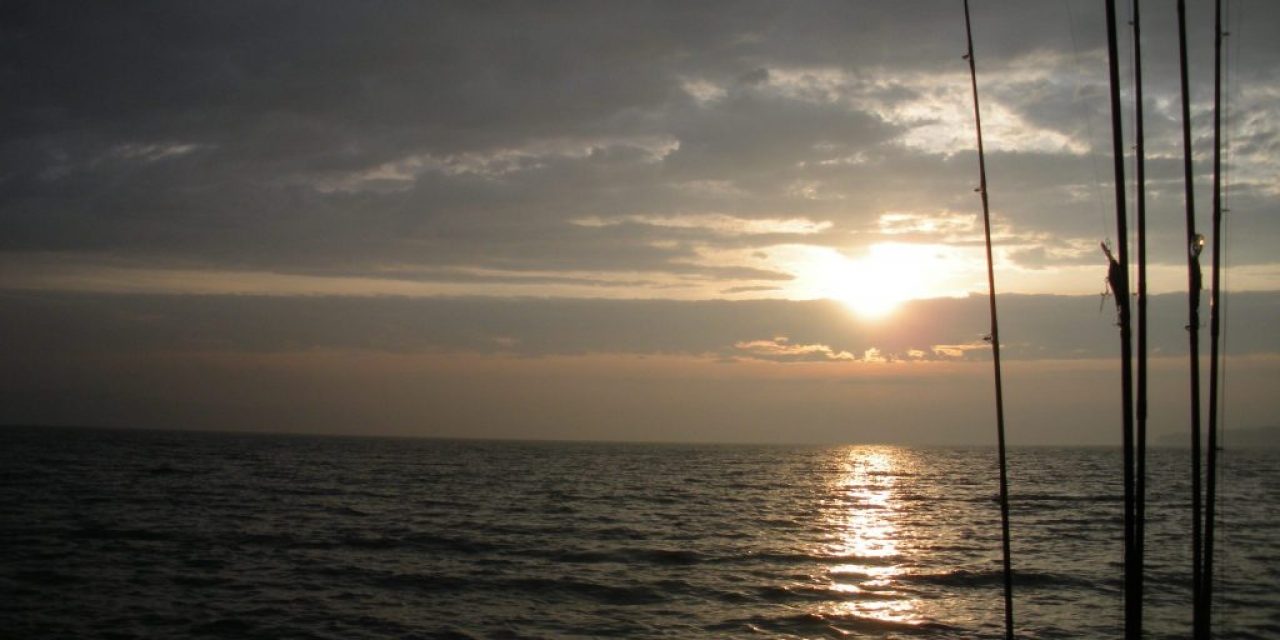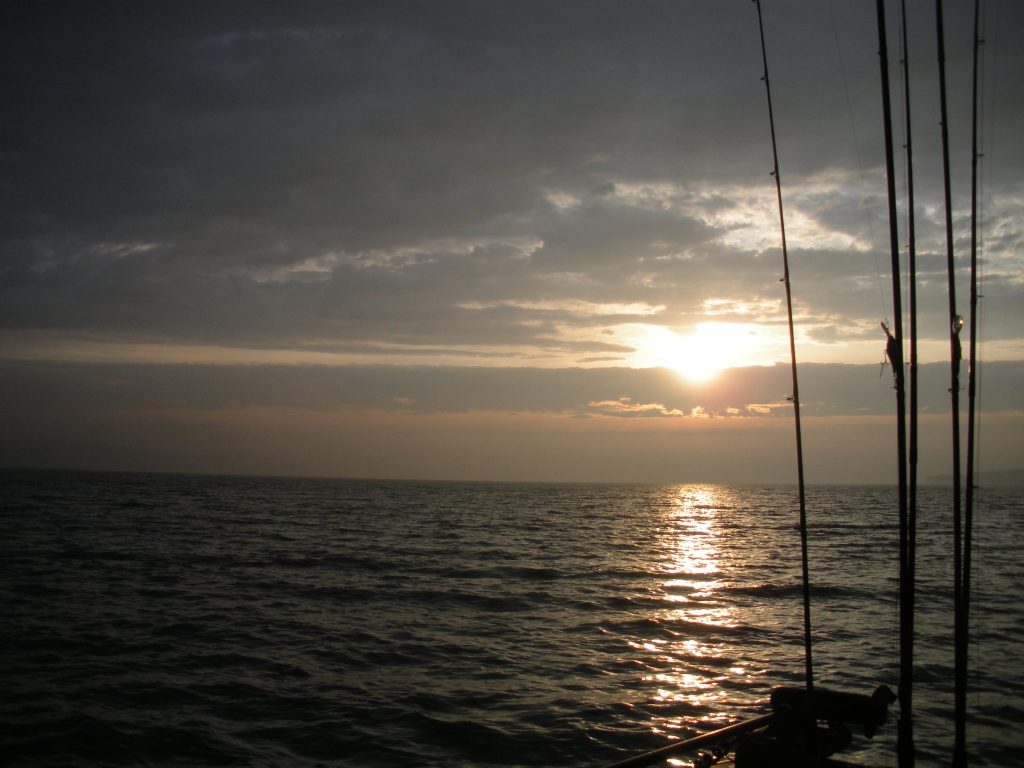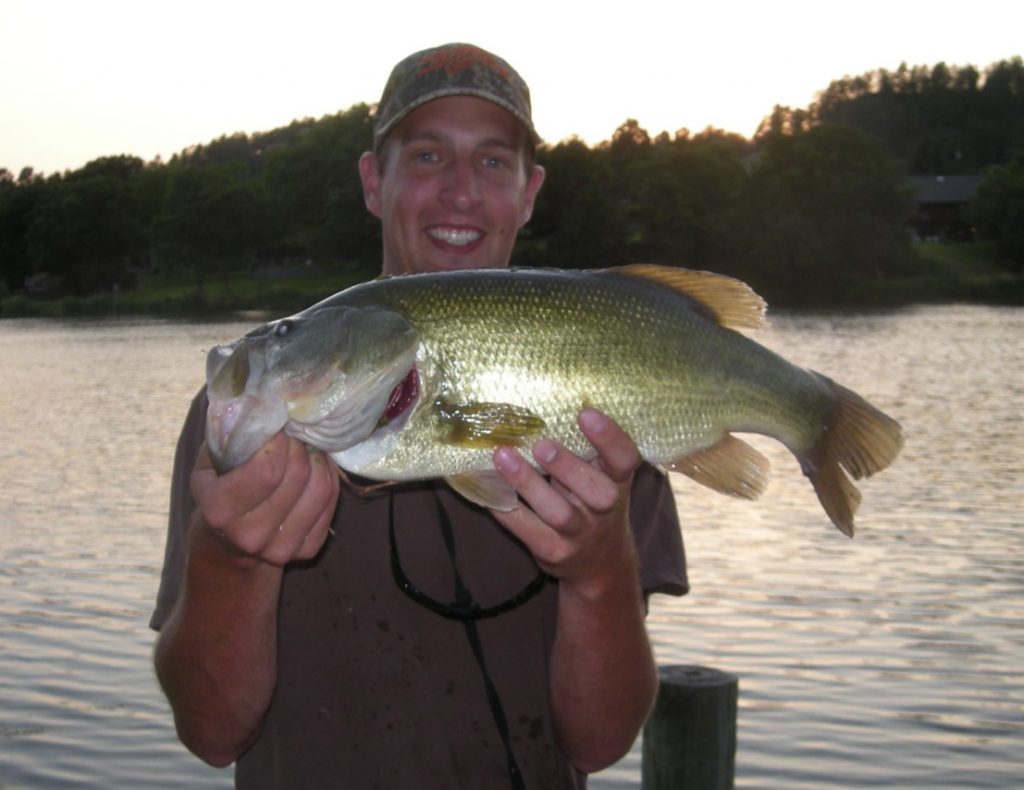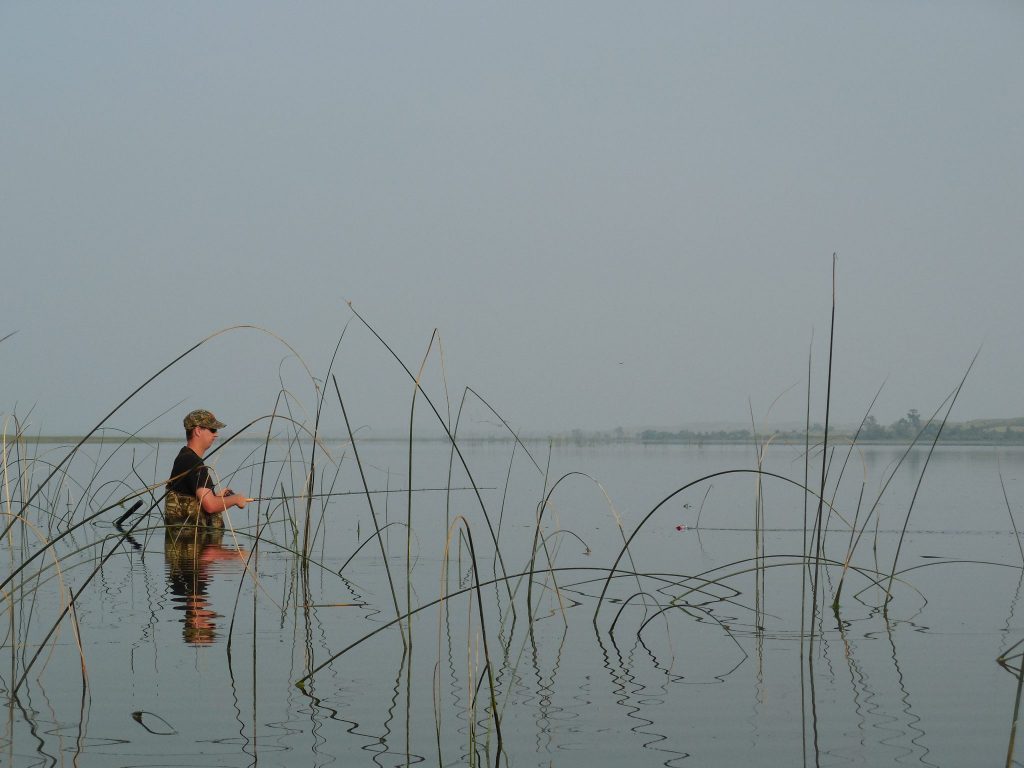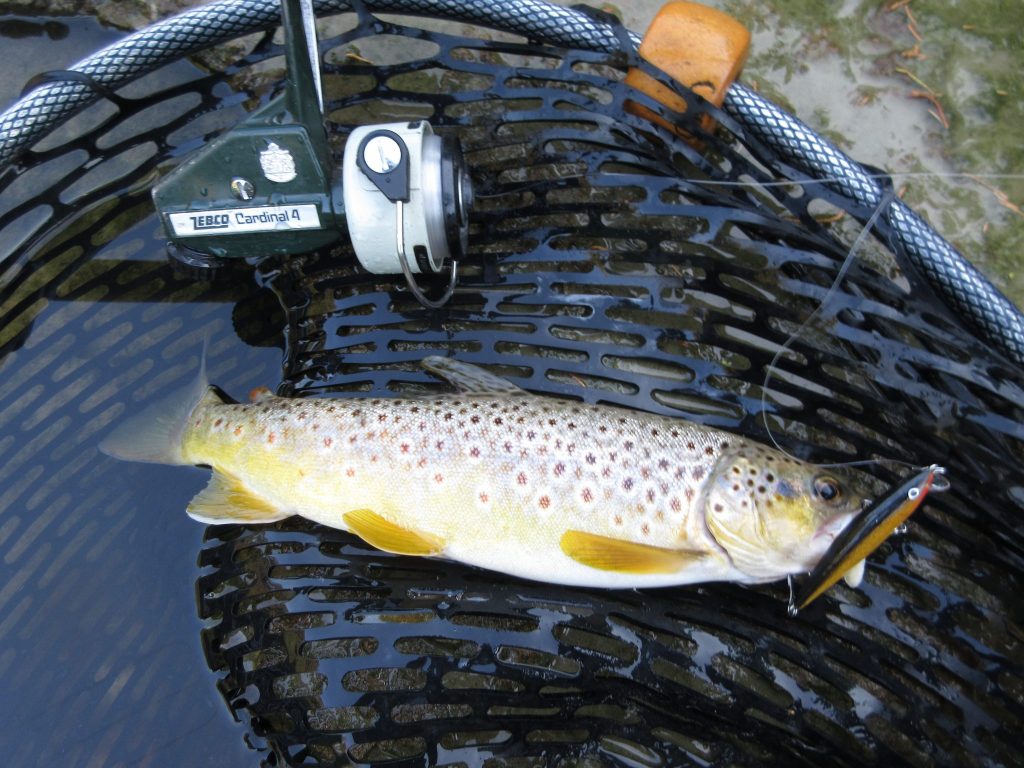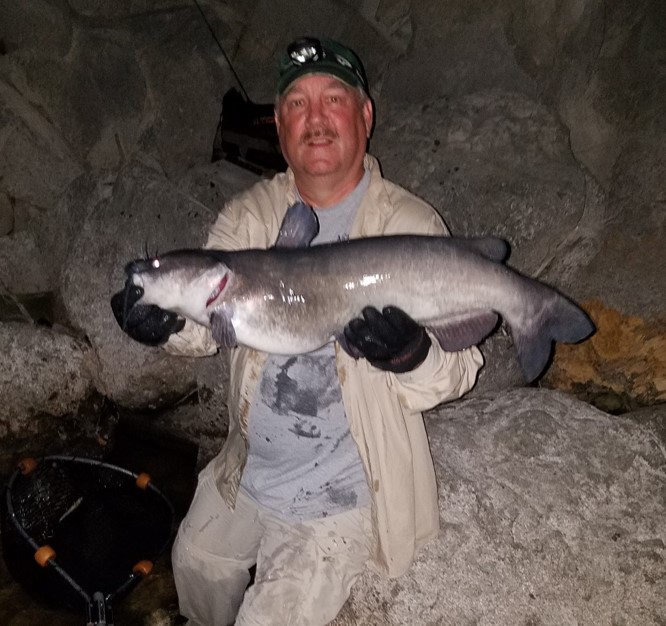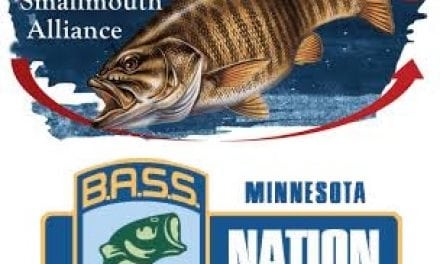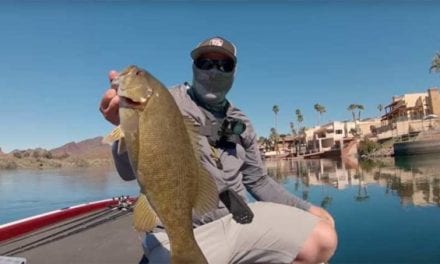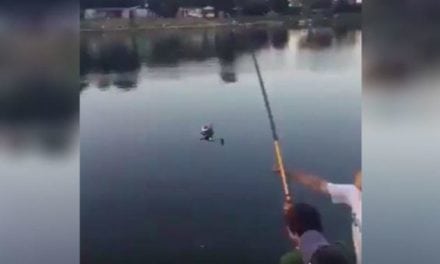I will always tell you that May and June are two of the best months to fish open water in Nebraska. It does not make any difference what species of fish you want to catch, what waterbodies you want to fish, during May and June, “do not pass “GO”, do not collect $200″ just GO FISH!
If you look at your calendar right now, you will note that we have entered the last half of June, 2019. As we progress into mid-summer in the next few weeks, the abundance of natural prey is going to explode and the fish you pursue are going to be well-fed and a lot harder to catch. But, that has not happened yet, and with the relatively wet and cool spring and early summer we have experienced this year, you still have some time to get out and take advantage of some of the best open-water fishing of the year!
Large Reservoirs
Walleyes are the fish Nebraska anglers most prefer to catch and May and June are by far when the majority of those fish are hooked and landed. Walleyes spawn early, right after ice-out most years, and by May and June they are hungry and looking for something to eat. Early in that post-spawn period walleyes will be scattered all over Nebraska reservoirs and successful fishing may be a matter of picking up one here and one there. By this time in June, walleyes have schooled up in most waters and settled into classic behavior patterns.
There is no doubt more walleyes have been pulled from Nebraska reservoirs on the end of a spinner rig, probably tipped with a nightcrawler, and dragged behind a bottom bouncer. Drifting or slow-trolling those classic baits on flats, wind-swept shorelines and points will put walleyes in the boat. Don’t forget to look for fish particularly active and shallow at prime-times, early and late in the day, when casting jigs, crankbaits, swim-baits or even spinnerbaits might be a better way to hook up with some mobile, agile, and hostile walleyes.
On many of Nebraska’s large reservoirs, some white bass and perhaps hybrid striped bass or wipers will be a common by-catch while chasing walleyes. Again, to target even more of those hard-fighting white bass and wipers, think early and late in the day where the wind is blowing in. Imitate the common baitfish with jigs, swimbaits, and perhaps crankbaits to get bit early and often.
Smaller Reservoirs, Pits and Ponds
Largemouth bass, bluegills, and crappies are more suited to the habitat in smaller reservoirs, pits and ponds in Nebraska, but even though the target species might be different, the bite is still hot in late June. Typically, with good water quality, the smaller waters in Nebraska will have at least some aquatic vegetation and by late June that vegetation will be extensive and near its peak growth. Those “weeds” are full of aquatic insects and will be the focus of fish activity in smaller waters. Simply put, anglers need to be fishing in and around aquatic vegetation because that is where the fish will be. Learn to fish the “weeds” (They ain’t “weeds”!!!!).
Bluegills in some parts of the state may still be on their spawning beds. Look for pockets and openings in shallow water, in and along the inside edge of submerged aquatic vegetation. Use a good pair of polarized sunglasses to spot those fish and put buggy-looking baits on their noses. Remember, big, bull bluegills play an important role in bluegill populations and should be caught and released! Cherry-picking the biggest male bluegills from a population during the spawn is a good way to end up with nothing but small, slow-growing bluegills in the future.
Crappies and post-spawn bluegills will begin to move towards deeper water where they may spend the summer roaming. Right now they likely are not there yet and the outside edge of submerged aquatic vegetation will be the place to find them. Small jigs tipped with a variety of plastic bodies or perhaps live bait will get the job done; maybe toss some small crankbaits, spoons or spinners to cover water and find fish.
Starting now and through the rest of the summer, with mats of aquatic vegetation, if you want to catch largemouth bass, I have two words for you–Scum Frog! Tackle up with heavier equipment and braided superlines to toss a variety of weedless top-water baits right into the vegetation, right on the mats. Early and late in the day will be best, but action could be steady throughout the day on a good day.
Sandhill Lakes
The big, beautiful largemouth bass, northern pike and panfish in Nebraska’s sandhill lakes are at the peak of activity by late June. In those more northern waters, the aquatic vegetation has not reached the point yet where it makes getting around difficult, so get after ’em, NOW!
Start with spinnerbaits along the outside edge of emergent bulrushes for bass and pike, but make sure to throw a buzzbait on those rare occasions when the wind lays low. A variety of plastic baits and jigs rigged weedless will work on the rare days when the bite is a little off.
For panfish, dip and dabble small jigs into vegetation pockets and edges.
Coldwater Streams
Pretty much every river and stream in Nebraska has experienced high water this spring. On our cold-water trout streams that has meant fast currents, dirty water, and tough fishing. Barring additional run-off events from thunderstorms dumping a bunch of rain in just the wrong places, water levels are dropping back to normal now, waters are clearing and the trout are a lot easier to catch.
Small crankbaits, spinners and spoons are a good way to cover water and find some trout willing to chase and bite. Drifting baits or your favorite fly pattern will also work.
Catfish
OK, I just ruined the organization of my rambling by jumping from different habitats, watebodies, to a heading for specific fish. I have to do that because our large catfish are the latest-spawning fish in Nebraska waters and are just now beginning to think about spawning. In mid-June those fish will be cruising often in shallow water, beginning to look for spawning locations.
Catfish will be very catchable while they are still scouting out spawning locations. You can fish your favorite catfish bait, however stinky that might be, and probably catch some channel cats in shallow water right now. For big channels and blue cats, lose the stink baits and fish fresh cut bait (catch a fish, make sure you can legally harvest it, cut it up and use it for bait, it is what those catfish are eating!). Of course, for big flatheads, you gotta go with live fish.
In the next few weeks as the male catfish establish spawning “nests” they will stop cruising and stay right in their spawning territory. Female cats may still roam some, but they also will be less likely to be cruising around looking for baits on which to bite. Expect the catfish fishing to wane during the spawn, but if you still want to scratch some fish try dabbling baits into likely spawning sites–cavities, holes, crevices, hollow logs, etc. Dabble a bait, maybe a gob of nightcrawlers or a cut-bait, into a likely spot, give it just a couple of minutes, and if you do not get bit, dabble into the next spot.
One other thing, as you take advantage of some of the excellent fishing opportunities that exist throughout the state right now, do not forget to find someone who has not been fishing for a while and Take ‘Em Fishing with you!
The post There’s Still Time! appeared first on Nebraskaland Magazine.

